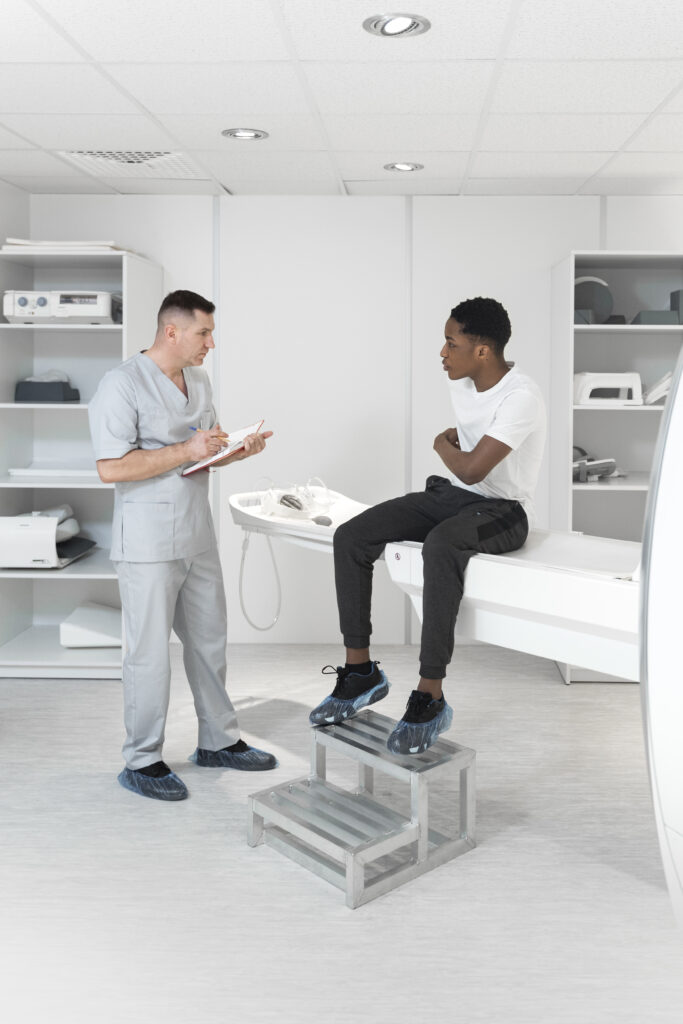In today’s competitive healthcare landscape, patient feedback is a cornerstone for continuous improvement and success. Chiropractic practices, in particular, can benefit significantly by integrating feedback systems to enhance patient care, satisfaction, and trust. Such systems not only provide valuable insights into patient experiences but also offer actionable data to guide decisions, improve services, and foster loyalty.
In this blog, we’ll explore how patient feedback systems can transform chiropractic practices and drive growth.
- Understanding Patient Expectations and Experiences
Patient feedback systems provide chiropractic practices with direct insights into what their patients value most. By gathering and analyzing feedback, chiropractors can address concerns, tailor treatments, and align services with patient expectations.
Benefits of understanding patient experiences:
- Enhanced Care Quality: Addressing patient concerns helps refine treatment techniques and service delivery.
- Personalized Treatment Plans: Feedback enables chiropractors to offer customized care suited to individual needs.
- Higher Patient Retention: Patients are more likely to stay loyal to practices that actively listen and respond to their feedback.
By consistently addressing patient needs, chiropractic practices can foster trust and long-term relationships.
- Building Trust and Transparency
Transparency is critical in healthcare. Encouraging patient feedback demonstrates a commitment to listening, learning, and improving. This openness builds trust and positions the practice as patient-focused.
Key elements of building trust through feedback:
- Proactive Communication: Showing patients that their opinions matter fosters a sense of partnership.
- Timely Responses: Acknowledging and addressing feedback promptly builds credibility.
- Action-Oriented Changes: Implementing improvements based on patient suggestions enhances trust and satisfaction.
A transparent approach reassures patients that their well-being is the top priority.
- Improving Retention Through Feedback-Driven Care
Satisfied patients are more likely to return for continued care and recommend the practice to others. Feedback-driven care helps chiropractors fine-tune their approach and deliver a more satisfying patient experience.
Strategies for retention:
- Tailored Adjustments: Use feedback to customize treatments and address individual concerns.
- Issue Resolution: Promptly resolving concerns shows patients their feedback is valued.
- Follow-Up Care: Regular follow-ups demonstrate commitment to patient well-being.
Feedback-driven care not only improves retention but also enhances the overall patient journey.
- Leveraging Data to Optimize Practice Operations
Patient feedback systems generate data that chiropractors can use to refine their services and operations. Analyzing trends and patterns can highlight areas for improvement and innovation.
Examples of data-driven improvements:
- Reducing Appointment Wait Times: Addressing feedback about long waits by optimizing scheduling.
- Improving Staff Interactions: Training staff based on feedback to improve patient engagement.
- Adding New Services: Introducing offerings like massage therapy or wellness workshops based on patient demand.
Data-driven decisions empower chiropractic practices to stay agile and responsive.
- Strengthening Online Reputation
Patient feedback plays a crucial role in managing and improving a practice’s online presence. Positive reviews can attract new patients, while professional responses to negative feedback can demonstrate accountability.
Online reputation strategies:
- Encouraging Reviews: Request satisfied patients to leave positive reviews on platforms like Google or Yelp.
- Responding to Feedback: Address both positive and negative reviews professionally to showcase responsiveness.
- Sharing Testimonials: Highlight patient success stories on your website and social media.
A strong online reputation reinforces trust and draws more patients to your practice.
FAQs
Q: Why is patient feedback important for chiropractic practices?
A: Feedback helps identify areas for improvement, leading to better patient care, higher satisfaction, and practice growth.
Q: How can small chiropractic practices benefit from feedback systems?
A: Smaller practices can use feedback to deliver personalized care and build a loyal patient base.
Q: What should feedback systems focus on?
A: Systems should gather feedback on treatment quality, staff interactions, appointment processes, and overall patient experience.
Conclusion
Investing in a patient feedback system is a game-changer for chiropractic practices aiming to enhance care quality, build trust, and grow their reputation. By understanding patient needs, addressing concerns, and leveraging data, chiropractors can create a patient-centered experience that drives retention and attracts new clients.
Ready to elevate your practice with a feedback system? Contact Sionis Marketing today for customized solutions that align with your goals. Visit www.sionismarketing.com or call us to learn more.
